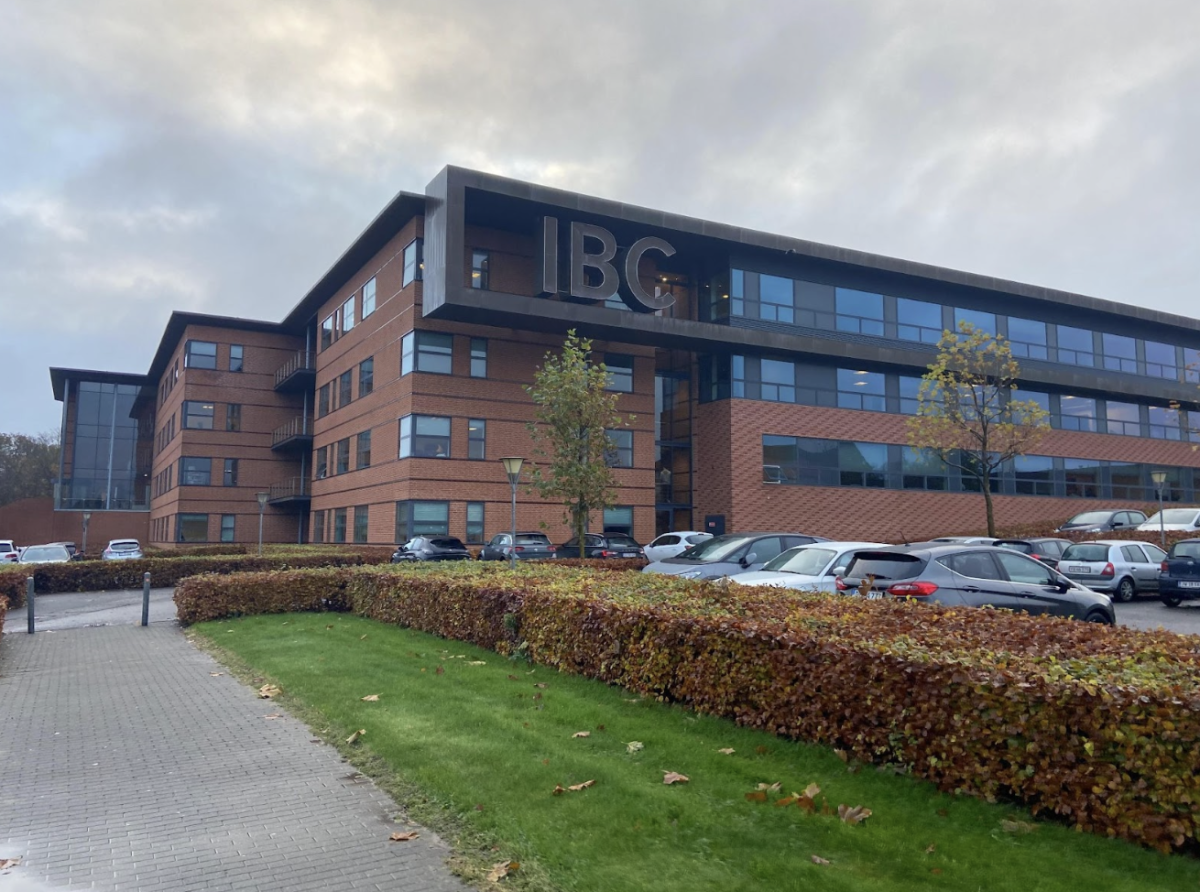Through Emporia State University, during their undergrad, Rebecca Hertog, student teacher, got the chance to travel to Denmark for a month to student-teach. They were accepted into a program that involved them student-teaching for three months in Kansas first, then they traveled to Denmark to student-teach for a month. They taught at a business-focused high school, International Business College in Kolding, Denmark.
“I was assigned to a couple different teachers but I was put only in their English classes. These classes were all conducted in English, but they covered everything from translating and writing business emails to an area study of the United States,” Hertog said. “When I was paired with one teacher specifically, they were starting to read John Steinbeck and they were going to read ‘Of Mice and Men’ and a couple of his other works.”
Hertog taught lessons over the Great Depression, the New Deal, American political parties, and Franklin Roosevelt. Students took other classes like statistics, business law, Danish, and English as well.

“They worked on preparing their English skills. This was a business-focused high school so they were really pushing their students to be successful in a business world because the chances that they do business in another country are pretty high, and they would have to rely on their English skills,” Hertog said.
Each class was about an hour and a half long, with 10 to 20 minute breaks in between each.
“Something that I thought was really interesting too was that the students stayed in the same classroom with the same students all day, all three years of high school,” Hertog said. “The teachers moved in and out of the classrooms. It was cool though because since the kids were in the same class all day, they kind of decorated the rooms.”
Teachers were the ones who moved in and out of classrooms. Another big difference between schools in Denmark and America Hertog noticed was that most activities and extracurriculars were community-based, not through a school.
“I had a couple kids in different classes ask me if cheerleaders were real and if the Friday night football games were real and I said ‘Yeah, that’s something that’s very common and not just in colleges, but in high schools all across America. We all participate in sports, choir, band, theater.’ That is not, apparently, present in the schools, it’s more community based,” Hertog said.
A high school in Denmark doesn’t have a band, a soccer team, or a theater troupe.
“I think seeing things like that helped me realize that I need to broaden my horizons a little bit more. It was really interesting for me, too, teaching about US government structures to kids that have some knowledge of it, but didn’t grow up here and experience it. We have a lot of knowledge about United States history or how the government works because we’ve just lived it for our whole lives,” Hertog said. “I realized I had to get a lot better at explaining things and realize that not every student comes in with this prior knowledge. When I go into my first year of teaching, I’m really excited to try to make some improvements on that.”






![Peering through their microscopes, [Brock] Laplante’s freshman Biology class has a hard time pretending they’re not interested. From sharp angles to swirling cells, there’s no predicting what could be seen.](https://stampedenews.net/wp-content/uploads/2025/10/Screenshot-2025-10-03-at-10.56.07-AM.png)


